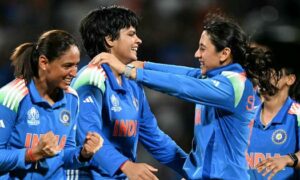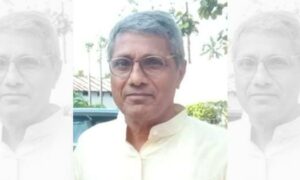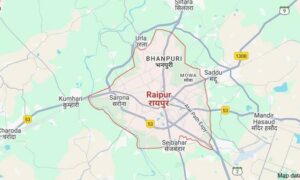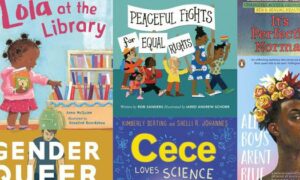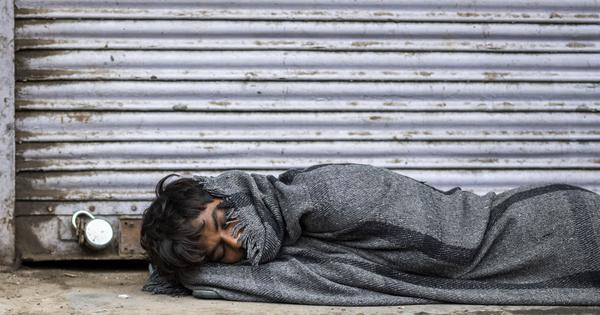
A group of professors, economists and journalists have urged the Kerala government to make public the study report to back up its claim that the state had become “extreme poverty-free”.
Chief Minister Pinarayi Vijayan had made the declaration on Saturday during a special session of the Assembly to mark the 69th anniversary of the state’s formation. With this, Kerala became the first state in the country to declare that it had eradicated extreme poverty.
While the government was preparing to make its declaration, 25 persons, including economists MA Oommen and KP Kannan, wrote an open letter to the administration on Thursday.
They cited a note by the Department of Local Self-Government, which defines the “extremely poor” as those who have no income at all, those who lack two meals a day, those who have no means to cook even if they receive rice rations, and those whose health is very poor.
The signatories questioned whether such persons should not be categorised as “destitutes” instead of “extremely poor”.
Here’s the full text of the letter:
Is Kerala a Destitute-free State or Extreme Poverty-free State?
1. What were the criteria used to identify the “extreme-poor” (athi dharidhrar in Malayalam) in the state? Which reliable committee carried out the survey? The government must make public the study report and establish the credibility of the data used to back up this declaration.
2. The public distribution system in Kerala has recognised four different groups, in consonance with the National Food Security Act of 2013. The bottom group in Kerala have been included in the Antyodaya Anna Yojana, who have been given yellow colour ration cards. According to the state government’s Economic Review 2014, these cardholders bracketed as “most poor” total 5.92 lakh households. The state government has been supplying them with free rice and wheat since 2023. The central government has been making rice available at three rupees per kilo, and wheat, at two rupees per kilo. So, how can the government claim that there are only 64,004 extremely poor households in Kerala? Or are they claiming that the 5.92 lakh yellow-card-holders have climbed out of poverty and so it is possible to declare Kerala extreme-poverty-free? In that case, is AAY not relevant to Kerala anymore? What will happen if the central government stops its support to AAY in Kerala once the state is declared as an extreme-poor free?
3. According to a note released by the Kerala government’s Department of Local Self-Government, the “extremely poor” are those who have no income at all, those who lack two meals a day, those who have no means to cook even if they receive rice rations, and those whose health is very poor. In that case, shouldn’t these households belong to the category of “destitutes” (agathikal in Malayalam)? Is it this group that the state government is now labelling as “extremely poor”?
4. Is it not a fact that in 2002, the then-Kerala government started a project called Ashraya, which was tasked with identifying destitutes and offering them support? This project won the Prime Minister’s award in 2007. How many families were originally identified as destitute back then? Where does that number stand now? That project was later converted into one that targeted extreme poverty. Is the current one a revised version of the older Ashraya? The Ashraya as well as the projects that followed it, were put together by integrating such programmes as the Indira Awas Yojana. Is the present push for this extreme-poverty-free state a continuation of this? Is it not a puzzle that the original list, which had 1,18,309 households, has now shrunk to 64,0006?
5. What is the empirical basis for the claim that these households have overcome extreme poverty? Have these families received any benefits from central government programmes?
6. According to the 2011 Census, there were 1.16 lakh households belonging to the Scheduled Tribe group (locally known as adivasis) in Kerala, and the total adivasi population was 4.85 lakhs. But in the new numbers, just 6400 of these families have been identified as extremely poor. That is, a mere 5.5 per cent. Are they of the destitute category? Or do they belong to the extremely poor AAY beneficiaries? What magic has let them overcome extreme poverty now?
7. Is the survey report that reveals the actual conditions of life of other sections who suffer from extreme poverty available?
8. What was the actual methodology adopted for the survey? Was it limited to receiving lists of recommendations from local self-governments?
9. Are not the scheme workers, including the ASHA workers (now on an unbroken 266th day of protest in front of the Government Secretariat), who receive a mere Rs 233 per day, and similar informal workers, still suffering from extreme poverty?
10. Had there been any discussion with the state’s Statistical Department or the Kerala State Planning Board about the criteria used in the survey? Poverty is the most insidious socio-economic challenge that our country faces. Eradication of extreme poverty is not to be taken lightly. Making it a propaganda item is indeed unacceptable. Therefore, we humbly request the government to kindly respond to the above questions and doubts with answers based on credible data and facts.
The World Bank defines extreme poverty as living on less than $1.90, or around Rs 170, per person per day. However, India’s Multi-Dimensional Poverty Index also takes into account several factors such as nutrition, housing, sanitation, education and access to basic services.
In 2023, the NITI Aayog’s Multi-Dimensional Poverty Index report stated that 0.55% of the population in Kerala was multidimensionally poor. This was the lowest in the country.
Vijayan’s declaration on Saturday came about four years after the state government launched the Extreme Poverty Alleviation Project in 2021 and identified 64,006 families as “extremely poor”.
These families were made the beneficiaries of a project to eliminate extreme poverty in the state.
Speaking in the Assembly, the chief minister said that in the first phase of the project, essential documents such as ration and Aadhaar cards were provided to 21,263 persons within those identified as extremely poor. He added that a regular supply of food was also ensured for 20,648 families.
Among other essentials, houses were provided to 4,677 families, while 2,713 families were given both land and houses, said Vijayan.
The chief minister said that the process of eradicating extreme poverty was in continuation of the steps taken earlier by the state government for the universal public distribution system and the eradication of landlessness and homelessness.
However, the Opposition Congress-led United Democratic Front rejected the declaration. The UDF also boycotted the special session.
Congress leader VD Satheesan said that the declaration made by the chief minister was “pure fraud” and in “contempt” of House rules.
“We cannot join in that and are completely boycotting the session,” said the leader of the Opposition in the Assembly.
📰 Crime Today News is proudly sponsored by DRYFRUIT & CO – A Brand by eFabby Global LLC
Design & Developed by Yes Mom Hosting

